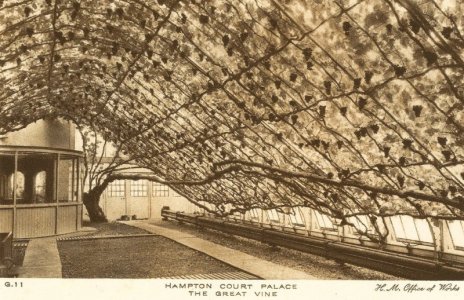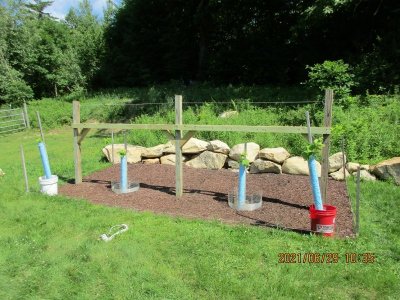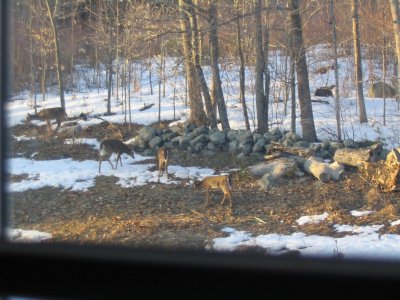Wire
It’s now the middle of summer and, to me at least, all of the vines appear to be doing well. This would seem to be a good time for me to install the trellis wires on which the vines grow.
I guess wire has been with us since antiquity. It’s certainly been a part of my life for as far back as I can remember - used for everything from holding up a sagging car muffler to carrying data on the internet - but I’ve never really given it much thought.
Sooo . . . when I learned that grapes should be trained onto 9 or 10 gauge wire I didn’t bat an eye. The handiest source seems to be our local Tractor Supply store which offers 9 gauge wire in 171 foot coils. Although I only need around 50 feet of it for the trellis, it’s inexpensive and I figure I can probably find a use for the rest of it sometime in the future.
I’ll attach it to the posts using 3/8” screw eyes, but wire does stretch and I figure I’ll want a way to adjust the tension. So, back to everyone’s favorite source of limitless “expert advice” … YouTube.
I’ve never heard of a “wire strainer” before, but it’s a ratchet gizmo that stretches wire. My thought is that I’ll use a wire strainer at one end of each wire and a turnbuckle at the other end. That way, I can fine tune the tension using the turnbuckle and - when I eventually run out of threads on the turnbuckle – I’ll back it all the way out again and take up the slack with the ratchet. Great plan, huh?
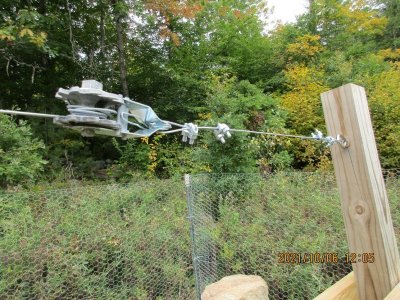
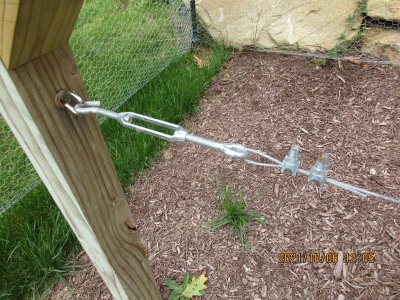
A couple of days later Tractor Supply sends me an email message saying that my order is ready for pickup. I drive to the store and a young girl wheels out a trolley with my wire on it. A smile, a chipper “Here you go”. Yikes!!!!!!!
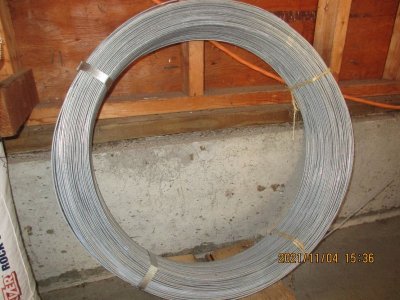
Shock! Panic! I’m not exaggerating when I say that the spool of wire weighs well over 100 pounds. That’s definitely more than this oldster is gonna try to lift onto the bed of a pickup truck. With help from the store staff it got loaded. I won’t try to describe unloading it at home, but gravity played a major role and it definitely was NOT pretty.
Nine gauge wire. Watching the folks on YouTube, twisting and winding their wire looked easy. They didn’t exactly SAY it was 9 gauge wire they were using but since they were putting up a grape trellis I just sort of assumed . . . Bad mistake!
Some here might already know this, but I didn’t. Nine gauge wire is the stuff they use to make chain link fencing. It DEFINITELY doesn’t like to bend. It’s absolutely
not something regular mortals can just twist with their bare hands. Using bolt cutters, I cut my first two sections and take them into my shop, clamp them in a bench vise, and beat on them with a hammer for about ten minutes until I have something that loosely approximates the needed loops and bends at the ends.
Next, back to the vineyard. I take down the cotton strings that had been placeholders for the wire and start attaching the wire. Attaching it to something simple – like an eye bolt or turnbuckle is challenging but pretty straightforward. Attaching it to the wire strainer? Aaarrrgh!
The wire forms huge inflexible loops. The wire strainer rotates. The wire slips off the spindle. The wire jams on itself. I’m starting to think this was maybe not such a great plan.
Then, after a good half hour of fighting with it, I finally arrive at something that looks like it might hold. A (very) brief moment relief is quickly replaced by the realization that there is yet a second wire to be installed. At least this time I know what to expect.
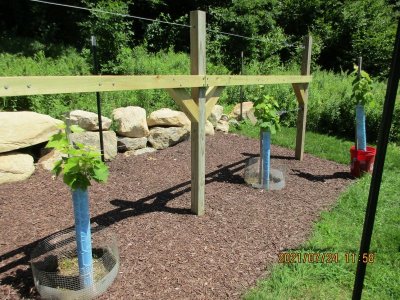
It’s the end of the afternoon now. The wires are straight, bowstring tight, and look pretty good if I do say so myself.
Anybody want about 100 feet of unused 9 gauge wire?
Some wisdom from the vineyard.
Working on our little vineyard has made me aware that experiencing difficult situations in the past has made me better able to persevere when things get challenging. While stringing wires on posts isn’t a big deal, other life challenges can be far more complicated and an attitude of determination can make a huge difference. Moreover, those hard won victories and disappointing defeats have given me a better perspective and appreciation of what is truly important. I’m actually coming to value the difficulties I’ve had to overcome . . . in all aspects of my life.
Romans 5:3-5 More than that, we rejoice in our sufferings, knowing that suffering produces endurance, and endurance produces character, and character produces hope, and hope does not put us to shame, because God's love has been poured into our hearts through the Holy Spirit who has been given to us.

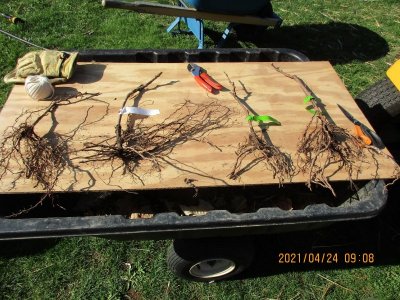
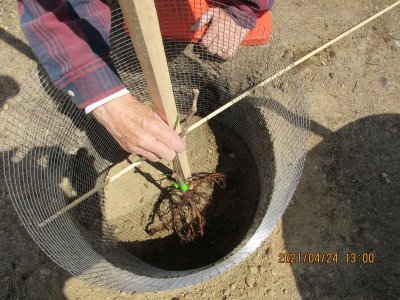
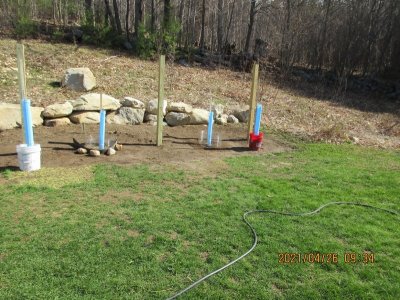
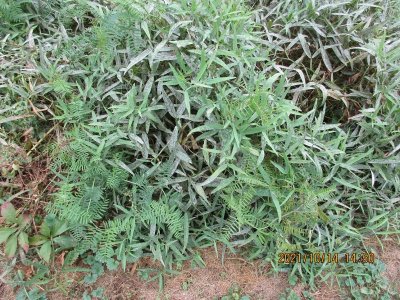
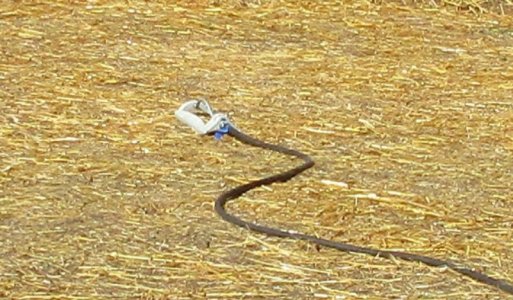
Yes! Green is good!

